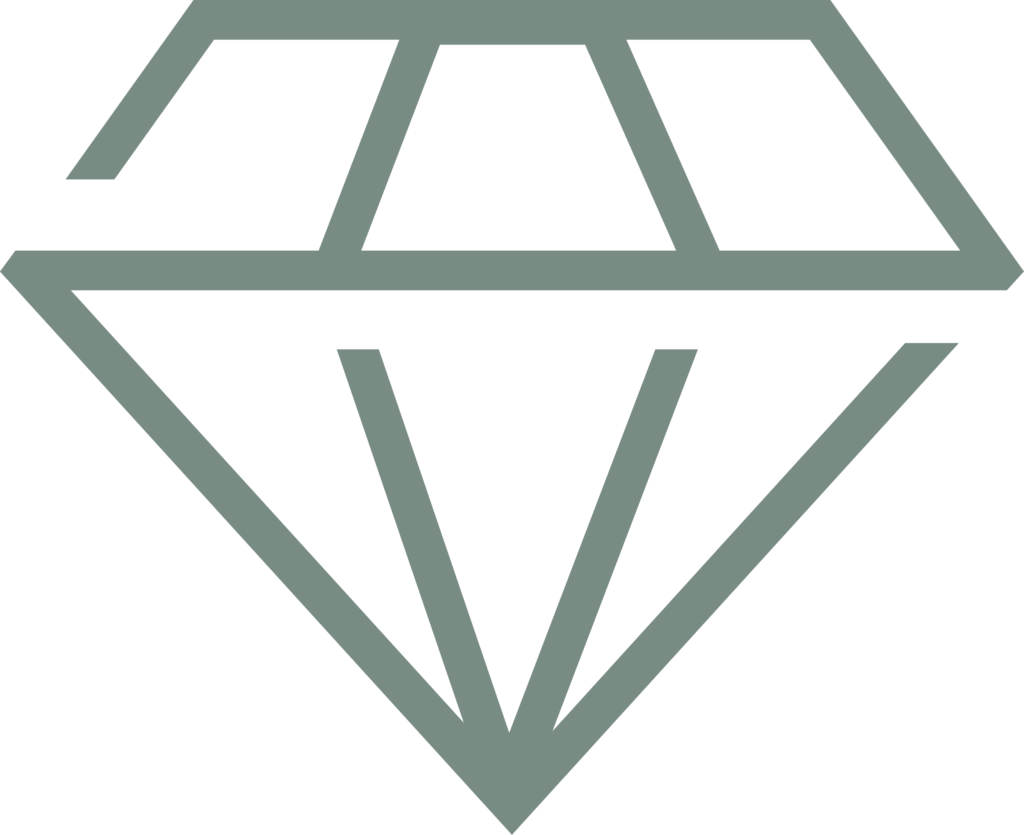SLA
SLA is the 3D printing technology that provides the greatest dimensional accuracy, with the highest resolution and tightest tolerances. In SLA technology, models and prototypes are built up layer by layer from your 3D files.
The technology is suitable for functional models that need high precision, visual models, and as a master for the production of silicone moulds.


